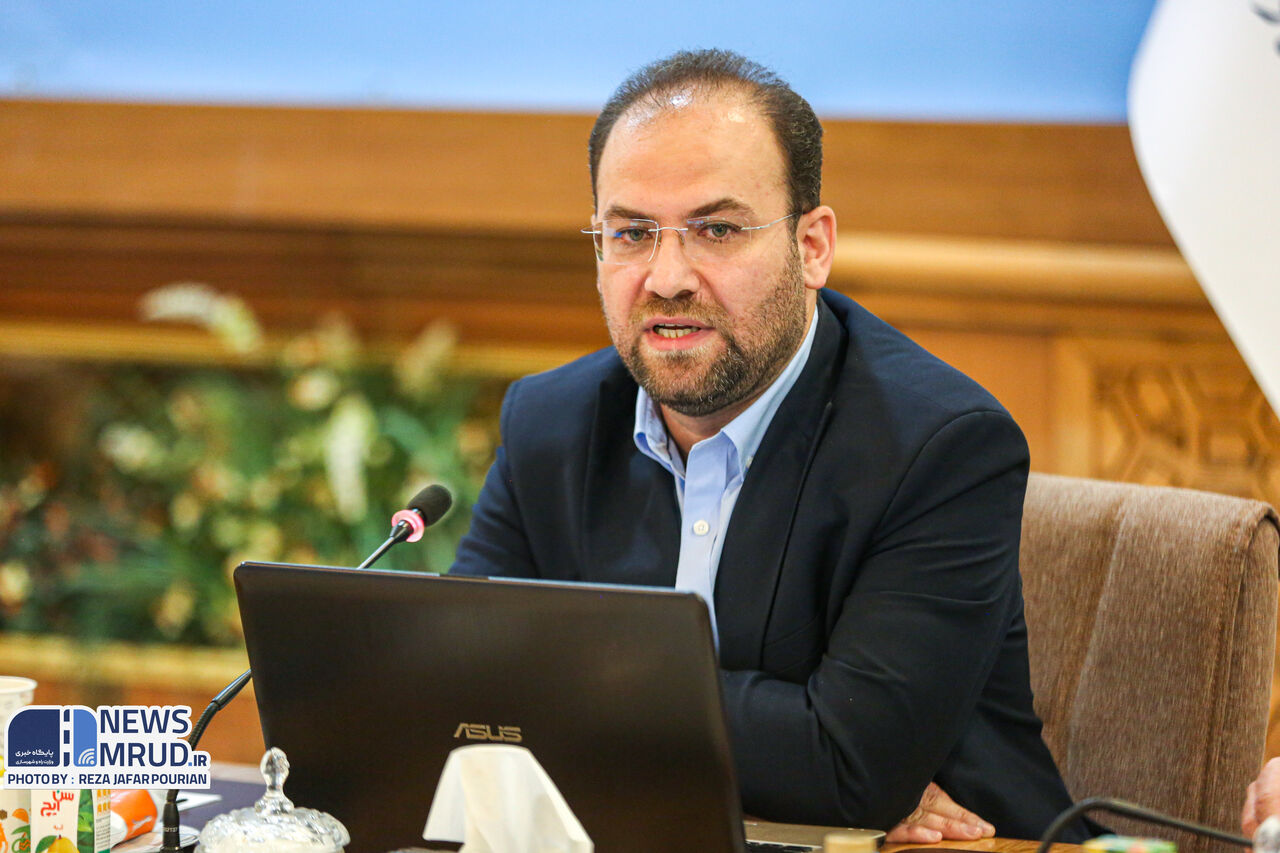Tehran, November 4, 2024 (MRUD NEWS)—Amin Taraffo, Acting Head of the Ministry of Roads and Urban Development’s International Affairs Center, outlined several strategic steps toward this goal, including increasing the integration of multimodal transport options and securing permits for multimodal logistics companies. These measures, along with streamlined electronic document exchanges, are expected to be instrumental in reaching this ambitious transit target.
Taraffo highlighted that the growing importance of multimodal transport, especially with countries where rail transport is dominant, will allow Iran to leverage its rail connectivity to Central Asian nations. He explained that most Central Asian and Caucasus countries, which have historically relied on rail transport since the Soviet era, are well-positioned for rail-based logistics.
For example, he mentioned that Iran’s Sarakhs border can handle 400 rail wagons daily, demonstrating significant capacity for rail connectivity. Nevertheless, about 90% of Iran’s domestic cargo movement depends on road transport, with annual cargo volumes exceeding 700 to 800 million tons. This heavy reliance on road transport, he added, underscores the need to incorporate multimodal solutions to meet Iran’s transit objectives.
Discussing the necessity of building a comprehensive multimodal network with Central Asia, Taraffo detailed the transit capacity at Iran’s Sarakhs and Incheh-Borun borders, currently standing at 6-7 million tons annually. Through recent agreements with Turkmenistan, he noted, this capacity could rise to 16 million tons in the next three years and potentially reach 20 million tons. This expansion will involve directing Central Asian cargo, originating from countries like Kazakhstan and Turkmenistan, to Iran’s maritime borders, where it will then be transported via rail and road networks.
Taraffo also emphasized the strategic importance of establishing border logistics centers at key entry points, including Sarakhs, Incheh-Borun, and Lotfabad, to facilitate faster cargo movement for high-value goods and containerized cargo. He stated that these centers are essential for Iran’s effective role in regional transit. Additionally, electronic document exchange agreements with Central Asian countries will be crucial in recognizing digital waybills between Iran and its northern neighbors.
One critical step, Taraffo noted, is Iran’s potential integration into the CIM/SMGS electronic consignment note system, which standardizes transport documentation. Turkey’s successful adoption of the system serves as an example for Iran, he said, adding that utilizing this framework could significantly improve east-west corridors and other international routes.
He also highlighted the implementation of TIR and e-TIR systems to expedite road transit, allowing foreign trucks to cross Iran en route to Europe. Trucks loaded in China, for instance, could pass through Iran directly to their final destination, accelerating transit times for international shipments.
To further streamline multimodal transport, Taraffo stressed the importance of simplifying permit issuance for multimodal logistics companies. Iran’s freight forwarders and logistics providers currently face multiple permits across different modes of transport. Taraffo advocated for a unified permit system that would allow companies to operate seamlessly across road, rail, sea, and air transport, ensuring Iran’s effective integration within international transit corridors.
In addition to these administrative measures, Taraffo discussed future plans to increase Iran’s rail transport capacity through the acquisition of additional locomotives and the enhancement of existing infrastructure. These upgrades, he noted, will enable Iran to strengthen its role in facilitating higher volumes of cargo exchange with Central Asia and other regions, ultimately boosting its position within global transport corridors.
Taraffo concluded by reiterating that the successful implementation of these foundational steps will be critical to realizing the cargo transit goals between Iran and Central Asia.
